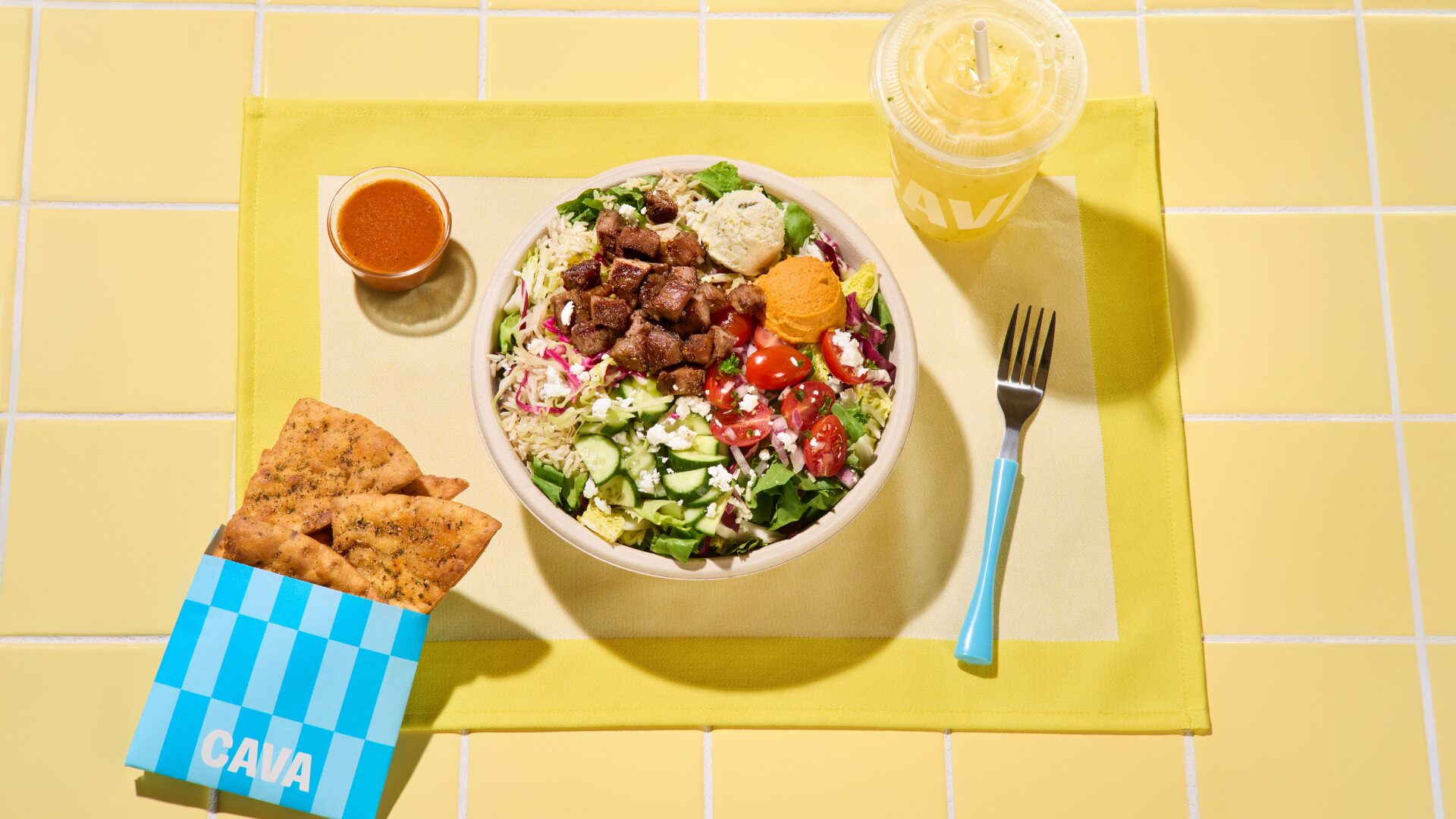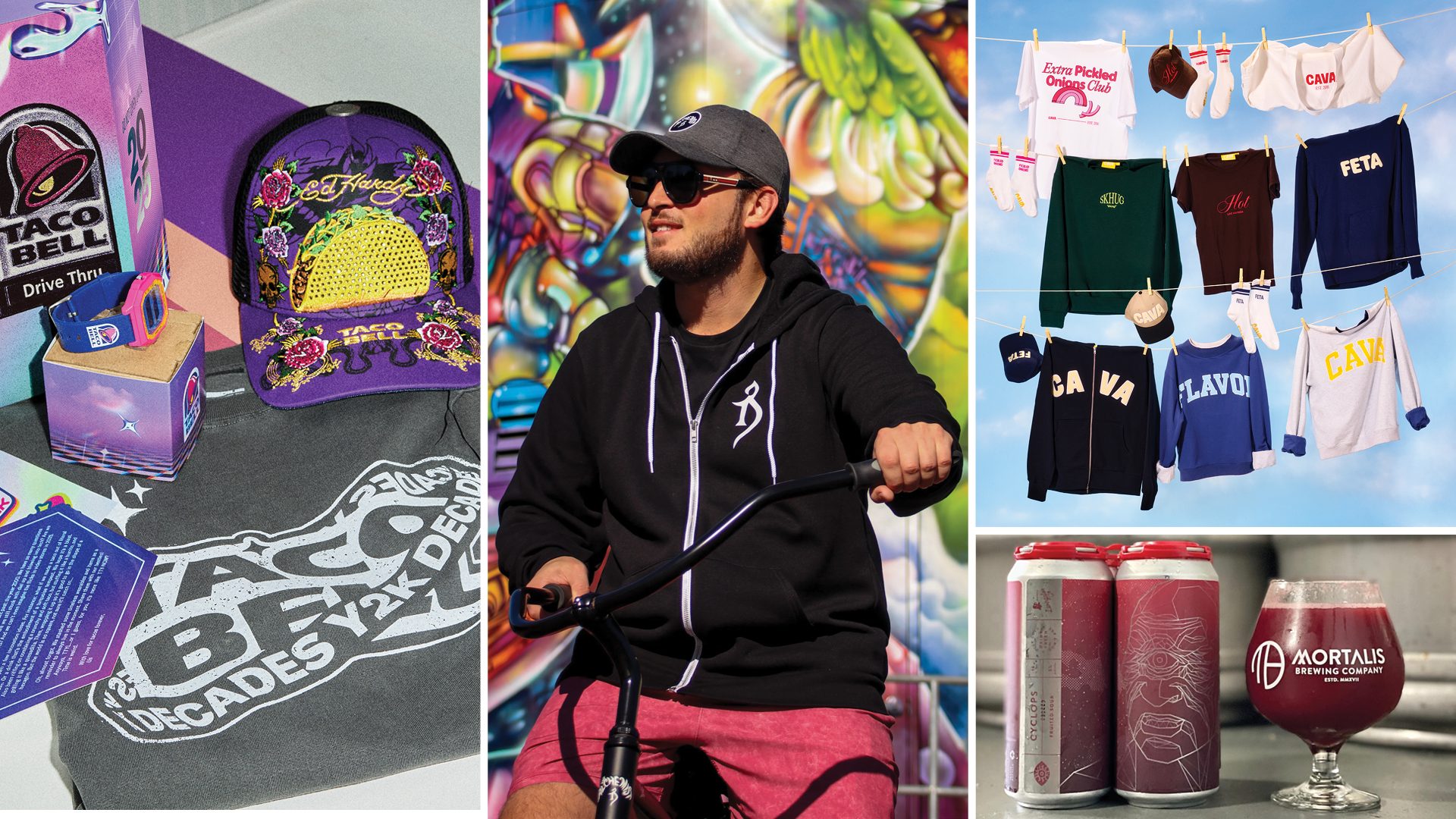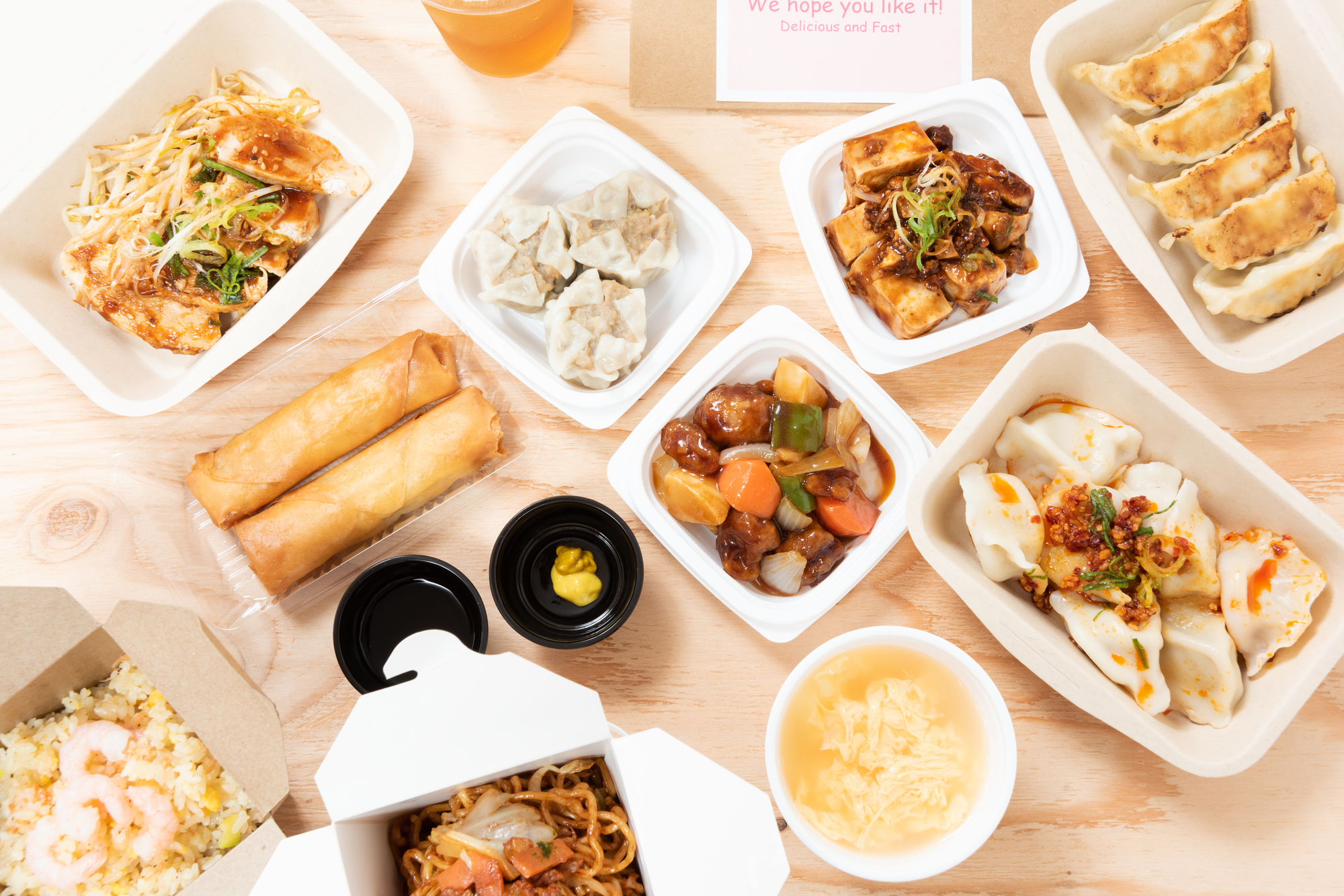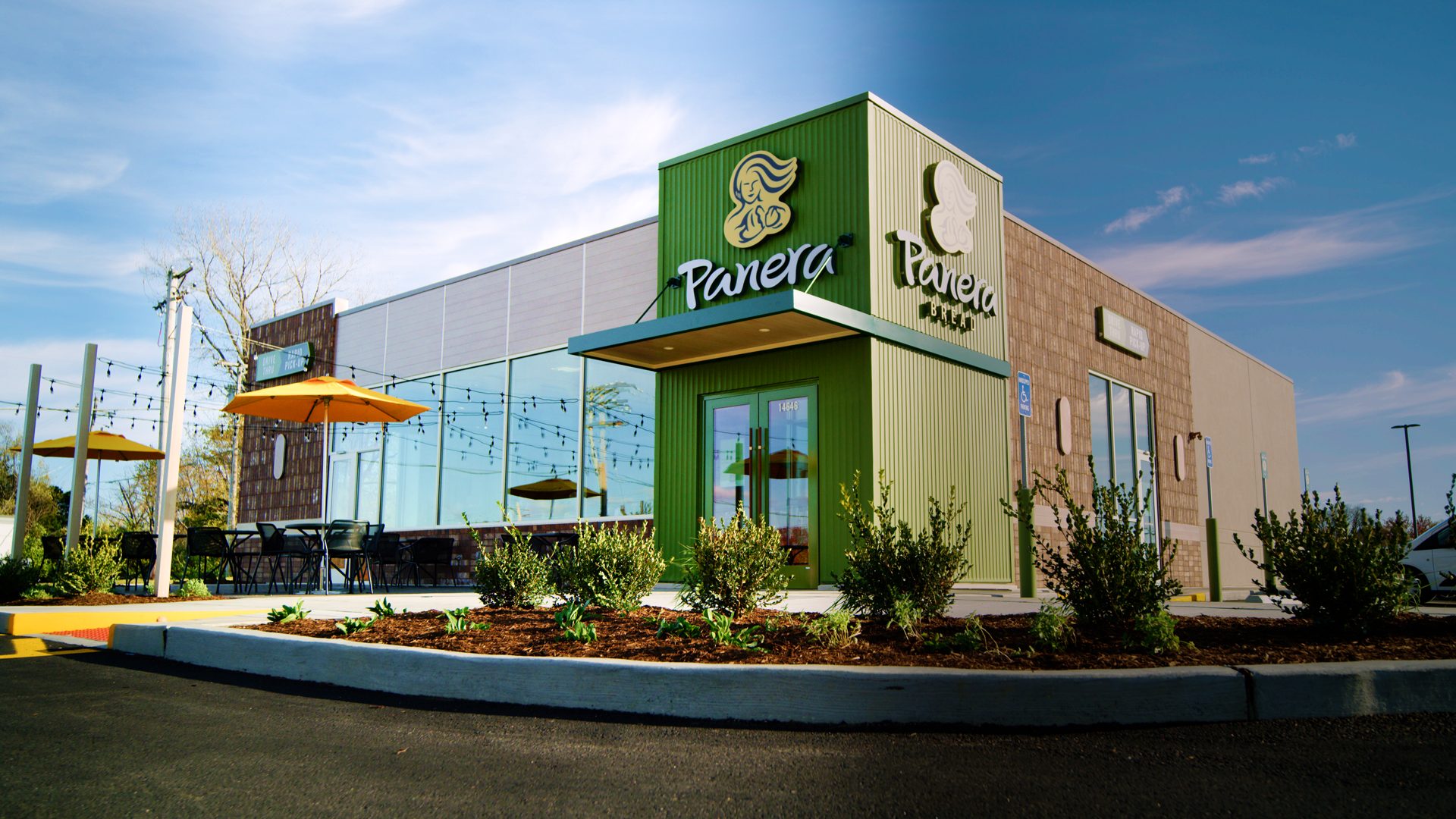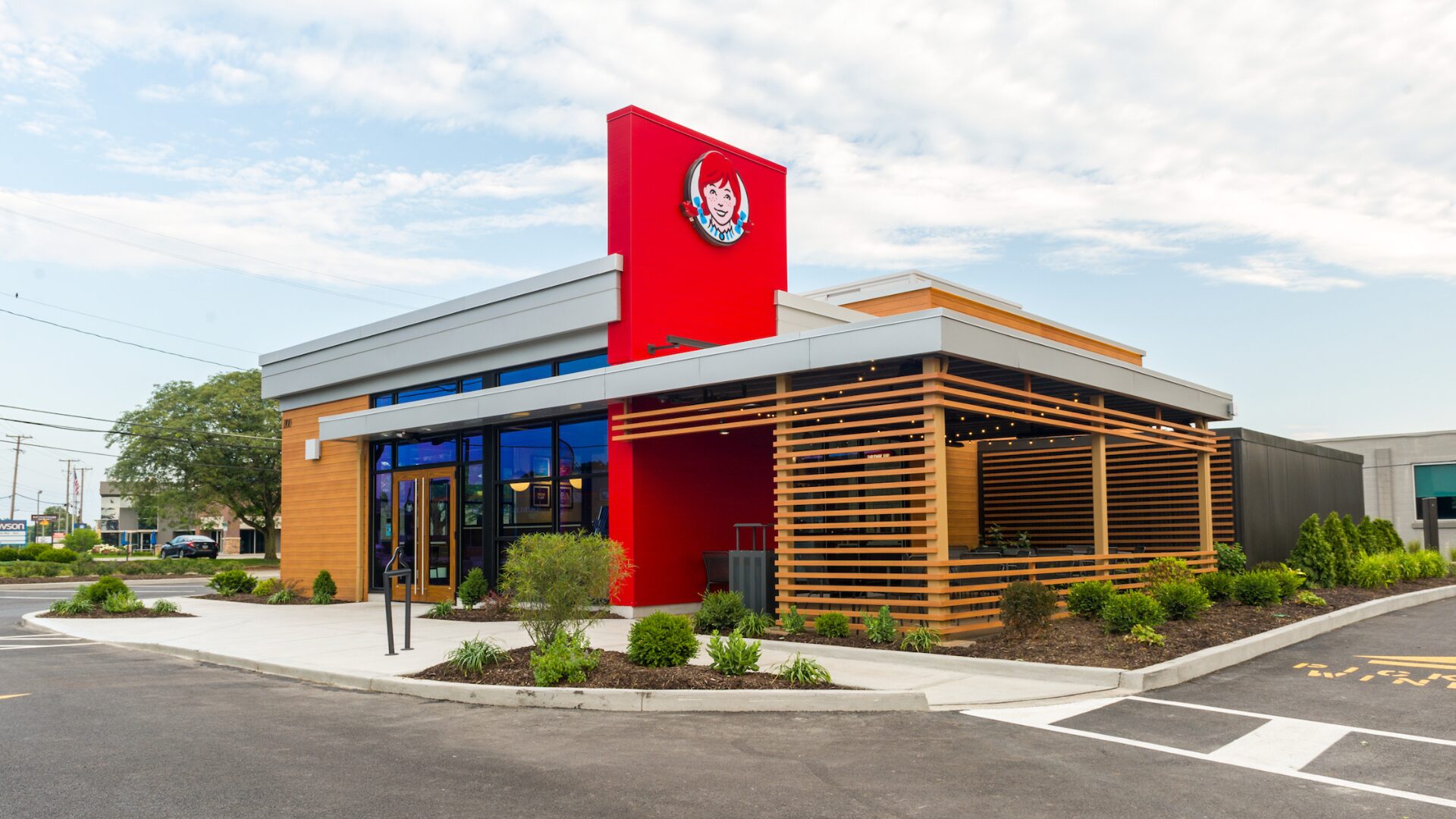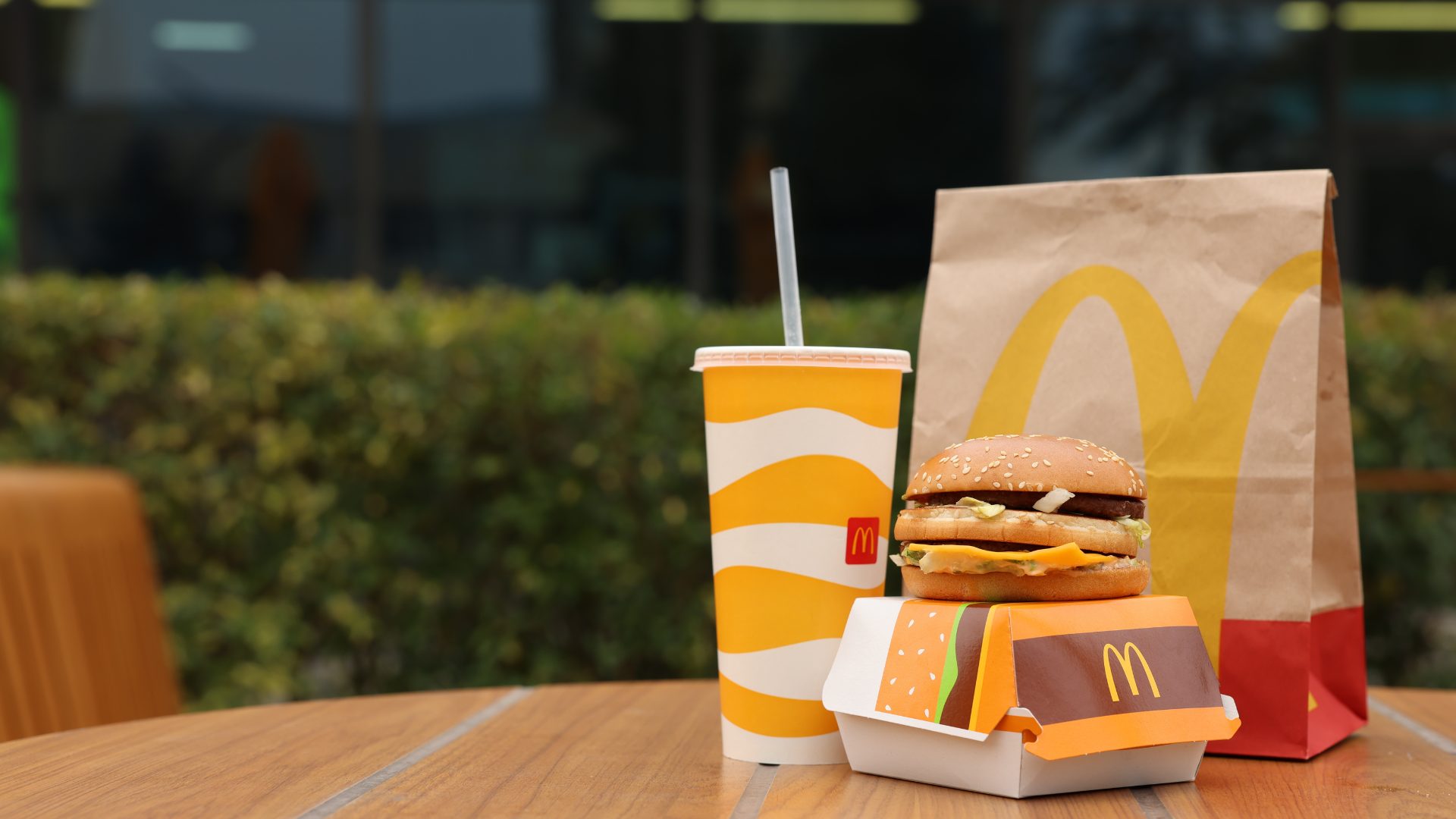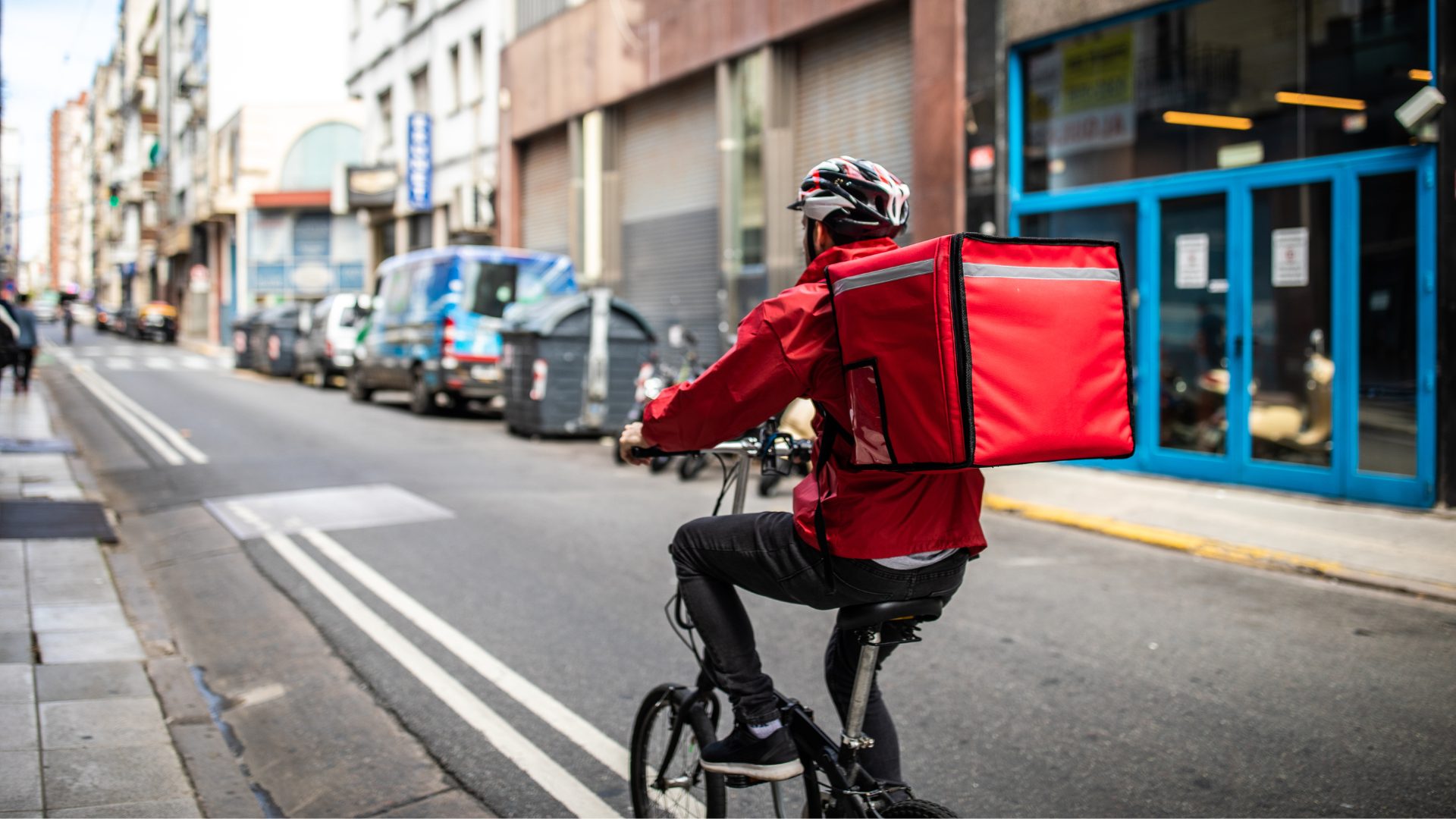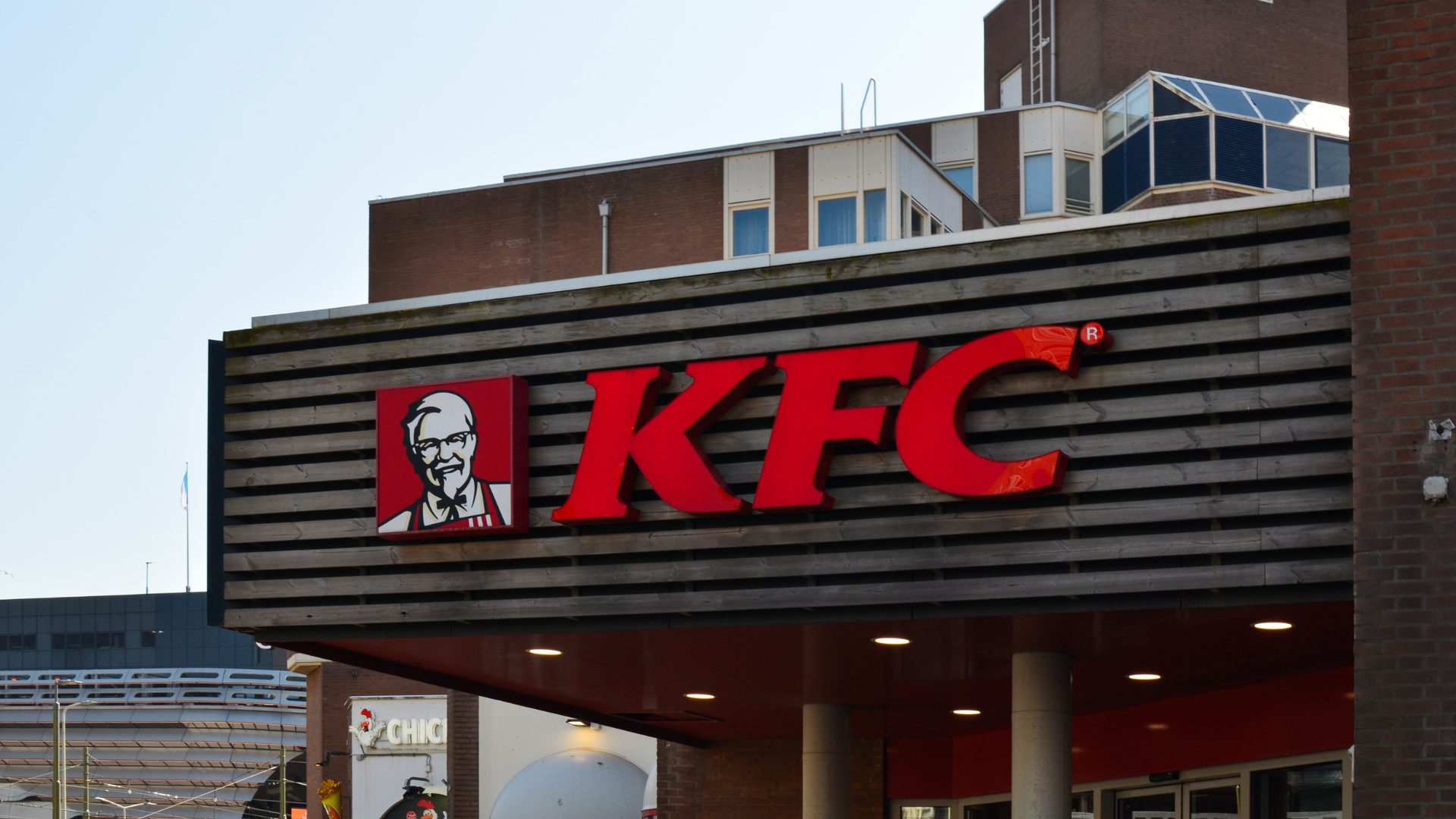From appealing to health-conscious consumers to empowering them with convenient and speedy customization options, Cava is checking many key boxes diners consider when they eat out.
The financial data is backing up the strategy – the QSR’s latest earnings report shows it sustained revenue growth of 39% YoY with same-restaurant sales spiking 18.1% over the period. Evidence from Placer.ai suggests the Cava’s growth is outperforming the entire fast-casual dining segment.
“Our third quarter results demonstrate the strength of our Mediterranean category-defining brand and the broad appeal of our unique value proposition …” Cava CEO Brett Schulman said in a statement.
The QSR’s actions reflect the bullish sentiment echoed by Schulman. Its strategic expansion plan increased its footprint from 300 stores from the end of 2023 to 352 locations by Q3 2024, according to the report. Earlier this year, the CEO spoke with Yahoo! Finance, divulging an aggressive plan to hit 1,000 stores by 2032.
One reason the company feels comfortable with this strategy is likely due to accelerated confidence in its increasingly diverse consumer base. The Placer.ai report found that the median household income of the chain’s diners steadily dropped from Q3 2021 to Q3 2024 from $107.5K to $92.3K. Although still above the national average median of $76.1K, the brand has become more accessible, no longer appealing only to the ultrawealthy.
Cava chief experience officer Andy Rebhun spoke with The Food Institute about the brand’s success, noting accessibility as one of the company’s tenets.
“We want [consumers] to feel like they can have our food in any way,” he said. “We do a good job to try and make ourselves feel accessible to our communities.”
Cava Gets its Brand
The brand embodies Mediterranean food and culture, presenting a lifestyle that is physically and psychologically healthy.
Playing into major trends around health and well-being, fast convenience, and customization, many brand touchpoints showcase its inviting tone. For example, consumers can order online both through the app and via the platforms they’re already using like DoorDash and Uber Eats.
Additionally, in a mathematical exercise in combination, the brand boasts its assortment can create as many as 17 billion unique bowls, Rebhun noted. This customization enables consumers with dietary restrictions or picky palates to continue to engage with the brand.
The brand’s core mission comes from the top.
“… If we focus on our mission to bring heart, health, and humanity to food, and if we continue to be constantly curious and generous, and have a passion for positivity, and we focus on our strategic plan, that stock performance will follow,” said Schulman in a conversation with Fortune about how the company’s stock increased 300% since its IPO.
He added that Cava’s success includes investments in its customers and employees. Rebhun told FI that one of the chain’s key winning areas is hospitality, evidenced by the well-trained friendly staff who earn at the top end of the industry’s wage range and an open dine-in experience.
Cava is also eager to find ways to bring macro trends into its branding without sacrificing its identity. Offerings like Hot Honey Harissa Chicken, for example, capitalize on the hot honey craze while developing it through a staple Mediterranean offering. The brand also recently debuted its take on ‘ranch dressing’ with its Garlic Ranch Pita Chips, which offer a snacking option that hits the trend while fitting into its portfolio.
Capturing Gen Z Cravings
Cava has worked hard to engage with younger audiences, particularly on social media. Campaigns featuring prominent influencers like Emma Chamberlain and Meredith Hayden (alias Wishbone Kitchen) both created custom, LTO bowls that enjoyed tremendous success online and in-store.
Organic social interactions where other creators are inspired to take to TikTok and Instagram to discuss their personal preferences are also a part of the brand’s bread-and-butter social strategy.
“Our social media [presence] aligns with our culture and our cuisine,” added Rebhun.
The customization capabilities at the chain also resonate with the segment because they seek out control over mashups that delight, spicy foods, and bold flavor profiles.
Rubix Foods marketing VP Shannon O’Shields explained in a recent report that Gen Z consumers crave new global flavors, evolved heat that brings complexity to a dish, and unexpected pairings, all of which are readily found on a Cava menu, with offerings like Hot Honey Harissa Chicken and Vinaigrette.
FI’s latest report features a case study on how Cava targets Gen Z consumers. To learn more, become a member and access all our monthly reports.
The Food Institute Podcast
Restaurant results for the second quarter weren’t stellar, but people still need to eat. Are they turning to their refrigerators, or are restaurants still on the menu for consumers? Circana SVP David Portalatin joined The Food Institute Podcast to discuss the current restaurant customer amid a rising home-centricity trend.


